Economic revival, CPEC and Agenda 2047 – IV
Second phase of CPEC faces specific challenges unique to its framework
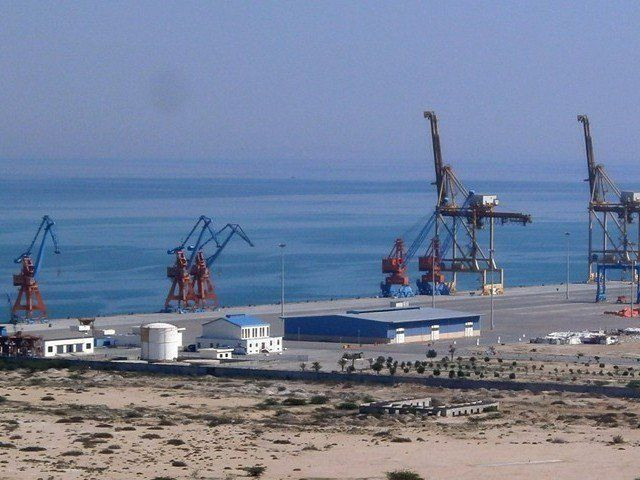
The China-Pakistan Economic Corridor (CPEC) holds the potential to assist Pakistan in revitalising its economy and setting the stage for sustainable development.
Following the successful completion of the first phase, CPEC has now entered its second phase. The long-term document of CPEC outlines industrialisation and agricultural cooperation as driving forces during this stage – fortunately, these align with Pakistan’s current focus on rapid industrialisation and agricultural development.
However, the second phase of CPEC faces specific challenges unique to its framework, in addition to those discussed in the previous article.
Firstly, the decision was made for Pakistan to construct Special Economic Zones (SEZs) for industrial cooperation. Unfortunately, after 10 years, Pakistan has been unable to establish these zones within the agreed timeframe.
Currently, the Faisalabad economic zone is partially functional, while the remaining SEZs are in the early stages, hindering the industrialisation process as the Chinese industrial sector awaits the operationalisation of these zones.
Secondly, there is confusion regarding the functioning modalities of SEZs. Potential investors lack information about the incentive structure and policy framework regulating revenue from these zones.
Thirdly, potential investors are keen on government policies and actions to create inward and outward linkages of the SEZs. Unfortunately, Pakistan currently lacks a plan to share with investors regarding these linkages.
Fourthly, Pakistan has not produced any study or analysis to help investors understand the comparative advantages of SEZs.
On the agricultural side, the picture of cooperation is more intricate. China has offered Pakistan the opportunity to collaborate in multiple allied and sub-sectors of agriculture, spanning from production to the trade of commodities.
China is willing to invest in modernising Pakistan’s agricultural production system. Additionally, it has shown interest in cooperating in the input sector, including seed and fertiliser production, agricultural machinery, and manufacturing.
Research and scientific cooperation are other areas where both countries have signed many memorandums of understanding (MoUs).
Read Economic revival, CPEC and Agenda 2047 – III
Moreover, Pakistan can benefit from China’s emerging food market. China is a growing market, with food imports increasing from $14 billion in 2003 to $140 billion in 2023.
China has offered Pakistan the opportunity to exploit the potential of the food market, expressing interest in importing meat, rice, onions, and processed food. However, to benefit from the food market, Pakistan will need to ensure quality and meet international safety standards.
In addition to these areas, Pakistan can benefit from emerging opportunities from the Belt and Road Initiative (BRI). For example, during the third BRI Forum, President Xi announced a new initiative – a small and beautiful programme. China will invest in small projects that positively influence people’s livelihoods and the environment.
Secondly, Pakistan can explore opportunities in the e-commerce and digital economy field, which is a vast market that can open new avenues for the business community.
The second opportunity comes from the Gulf region, which is crucial for Pakistan due to various reasons, including its economy.
On the one hand, it is home to millions of Pakistani labourers, who send billions of dollars yearly, helping shore up foreign currency reserves. On the other hand, it offers numerous economic, investment, and trade opportunities.
Firstly, Pakistan can benefit from the food markets of GCC countries. The Gulf region is recognised as one of the most food-scarce regions due to its geography and water scarcity limiting agriculture and food production.
The current statistics show that Saudi Arabia has to import 80%, Kuwait 90%, the UAE 85%, and Qatar 90% of food to satisfy the demand of the local population. Anticipated increases in food demand due to population rise and diversification drive force these countries to seek reliable partners that can provide Halal food.
Secondly, Pakistan can attract investment from the Gulf region. Prominent countries in the region are undergoing a diversification drive, seeking new sectors and markets to invest in.
For example, all GCC members – Saudi Arabia, the UAE, Qatar, Kuwait, Oman and Bahrain – have devised visions to diversify their economies. Pakistan is already in talks with GCC countries and has finalised two major deals.
Pakistan has signed MoUs of $25 billion and $10 billion with the UAE and Kuwait, respectively. It is also negotiating a deal with Saudi Arabia.
Read Third party inclusion to boost CPEC benefits
Moreover, it is close to signing a free trade agreement (FTA) with the GCC. Investment is a key area of the FTA. However, to benefit from these MoUs, Pakistan must comprehend the Vision documents of all GCC countries and remain conscious of the region’s changing dynamics in terms of economic and geopolitics.
This is crucial as some GCC members are competing to gain dominance in the economic and political landscape of the region.
In conclusion, alongside implementing reforms and identifying economic opportunities, Pakistan must also focus on three things to fully exploit the potential of opportunities and reforms.
Firstly, there is a need to clearly define the role of state-owned enterprises and the private sector. We should avoid overemphasising the private sector’s role and undermining the SOEs’ role. Thus, we must stop the privatisation of SOEs and run them with economic rationale.
Secondly, Pakistan should define economic security by learning from three examples: the US, the USSR, and China. USA defined economic security through the lens of national security, leading to the creation of the military-industrial complex. In the case of the USSR, the concept led to the militarisation of the economy, ultimately resulting in the fall of the USSR. China defined it through the lens of economic growth and development, turning it into a global power.
The lessons from these models will help Pakistan understand the concept of economic security, determine the role of institutes, and avoid the mistakes committed by others.
Pakistan needs to redefine the structure of its economy in accordance with the vision of the Quaid-e-Azam: “We must work our destiny in our own way and present to the world an economic system based on the true Islamic concept of equality of manhood and social justice. We will thereby be fulfilling our mission as Muslims and giving to humanity the message of peace, which alone can save and secure the welfare, happiness, and prosperity of mankind.”
He never liked the liberal economic order, considering it one of the most unequal systems that would not deliver prosperity and equality among humans.
THE WRITER IS A POLITICAL ECONOMIST AND A VISITING RESEARCH FELLOW AT HEBEI UNIVERSITY, CHINA
Published in The Express Tribune, January 29th, 2024.
Like Business on Facebook, follow @TribuneBiz on Twitter to stay informed and join in the conversation.

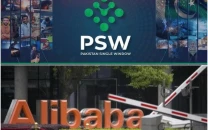


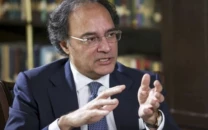
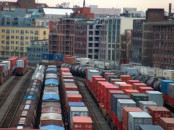



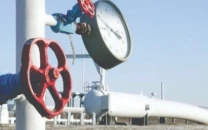









COMMENTS
Comments are moderated and generally will be posted if they are on-topic and not abusive.
For more information, please see our Comments FAQ